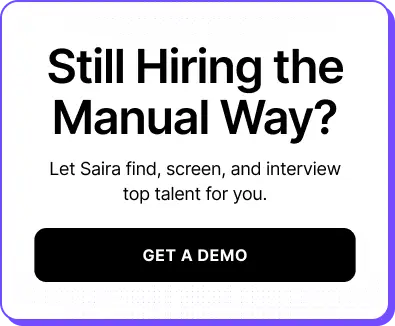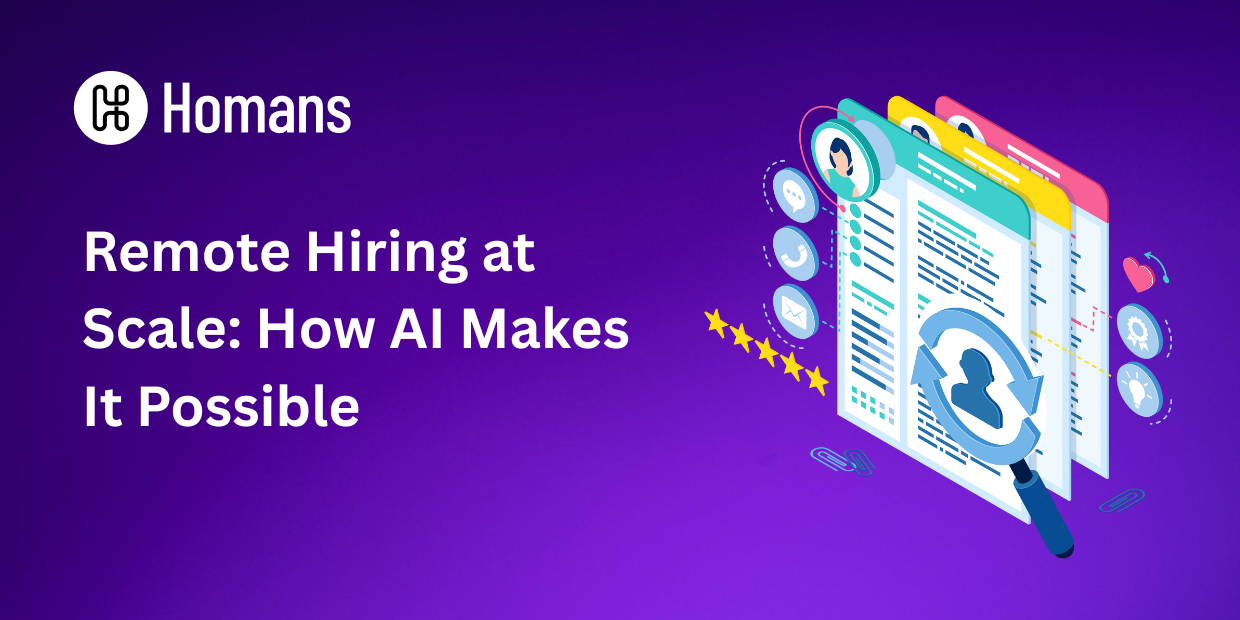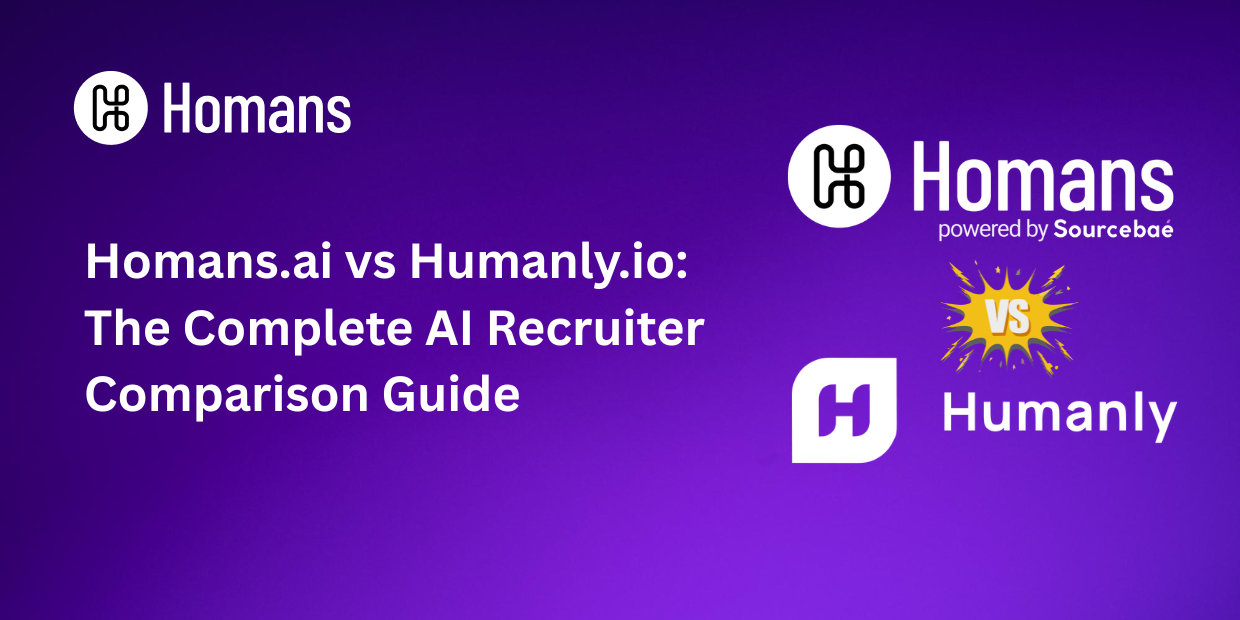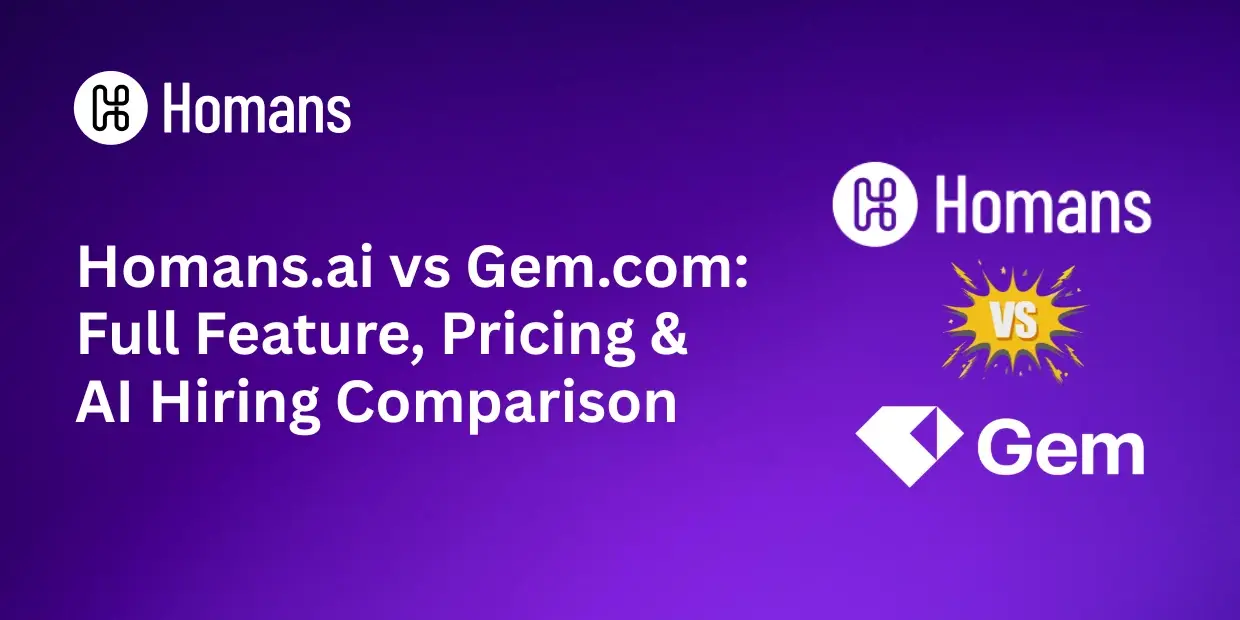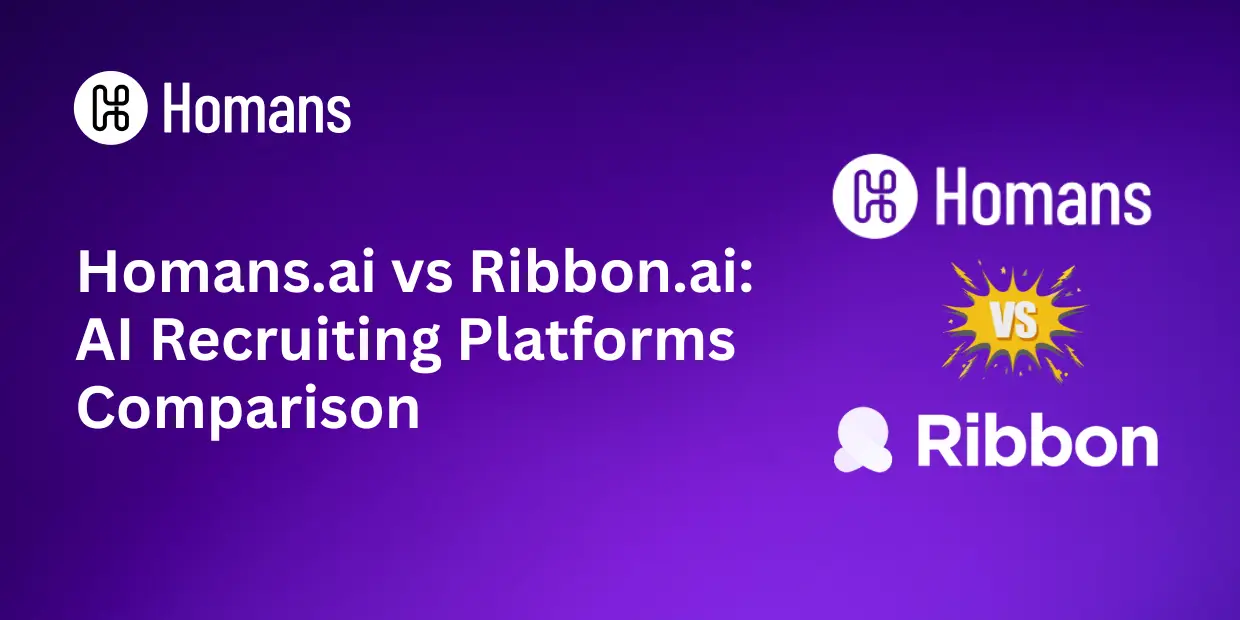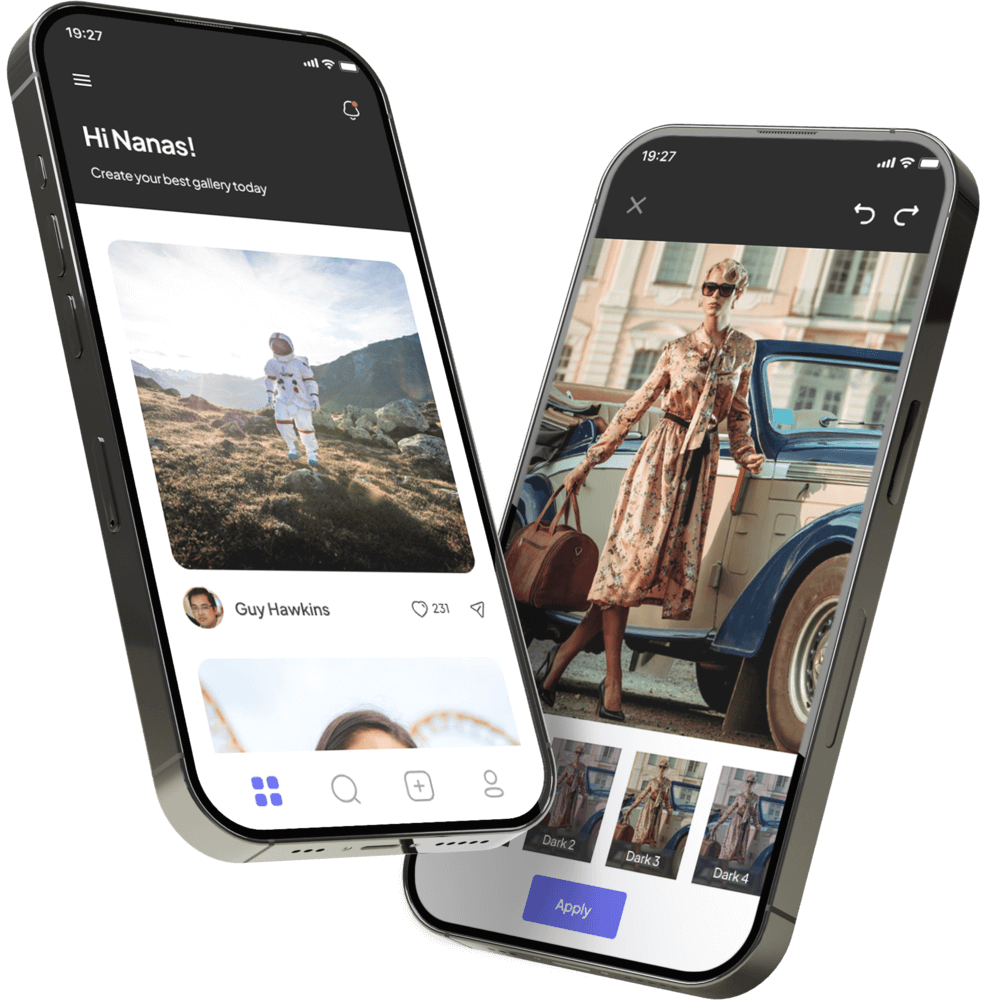Introduction
Remote work is no longer a trend—it’s the backbone of the post-pandemic economy, redefining how businesses operate and compete for talent globally. From 2021 onward, the shift to distributed teams has accelerated, with the first half of 2025 alone seeing remote job postings surge by 67%, peaking at 2.5 million before seasonal leveling. While this flexible model opens vast talent pools, it also brings significant challenges for scaling recruitment: sourcing, screening, and engaging candidates across borders strain traditional hiring processes.
The solution? Artificial Intelligence (AI). Fast-evolving AI tools are not just reshaping remote hiring—they’re making it scalable, data-driven, and human-centric. This article explores how AI dismantles the traditional bottlenecks of remote recruitment and powers a new era of efficient, high-quality global hiring.
The Key Challenges of Remote Hiring at Scale
Remote hiring at scale presents unique hurdles, especially when talent is spread across continents and time zones:
- Global Sourcing Complexity: Sifting through millions of candidates worldwide is expensive, slow, and logistically daunting, especially when hiring for specialized or niche roles.
- Screening Volume: High-quality remote jobs attract as many as 10x more applicants than on-site roles, making it nearly impossible for talent teams to manually screen every resume and assess each candidate’s fit.
- Balancing Quality, Speed, and Diversity: Scaling up shouldn’t mean sacrificing the quality of hire or crucial organizational values like diversity and inclusion. Manual processes often allow unconscious bias or hasty decision-making to creep in.
- Maintaining Candidate Experience Remotely: With asynchronous workflows and fewer in-person touchpoints, delivering a consistent, engaging journey for distributed applicants is tough—yet more critical than ever as employer brand moves online.
These challenges, once accepted as the cost of growth, are now being overturned by the rise of purpose-built AI recruiting technology.
The Role of AI in Revolutionizing Remote Hiring
Automated Sourcing and Talent Discovery
AI-powered platforms continually scan professional databases, online portfolios, and public workforce networks. This means:
- 24/7 global talent searches that are proactive, not reactive—AI matches specific skills, experiences, and even career trajectories to current and future openings without the bottleneck of business hours or recruiter capacity.
- Companies like Turing and HeroHunt.ai use these techniques to pre-vet and pipeline top candidates from emerging global tech hubs, drastically reducing the time and cost per hire.
- Case Study: One leading fintech firm filled 65 hard-to-source roles in under 90 days using AI sourcing tools, compared to a previous average cycle of 6 months.
AI-Driven Screening and Shortlisting
Manual resume reviews strain even the largest HR teams. AI automates screening at scale:
- Platforms like HireVue and Zoho Recruit instantly analyze resumes, coding portfolios, and assessments, filtering for skills, education, and experience, and trimming recruiter workloads by up to 40%.
- AI-powered skills tests—covering both technical and soft abilities—ensure only the most relevant, high-potential candidates progress, speeding up hiring for roles where demand far exceeds supply.
- Stat: More than 75% of organizations now use AI for at least one element of candidate screening or assessment, with 54% reporting faster time-to-hire as a direct result.
Bias Reduction and Diversity Optimization
Human biases, often unconscious, can affect screening results. AI reduces bias:
- Recruitment AI ignores age, gender, and location in favor of data directly tied to job requirements.
- AI tools can be programmed to surface candidates from underrepresented backgrounds, actively supporting diversity and inclusion programs at scale.
- Insight: Studies show AI-based screening increases the diversity of finalist slates by an average of 18% when compared to traditional manual review.
Enhanced Candidate Engagement
Keeping thousands of remote applicants informed, engaged, and nurtured is massively time-consuming—but critical for brand perception.
- Conversational AI assistants like Paradox Olivia automate instant responses, scheduling, and FAQs, keeping candidates engaged 24/7 regardless of timezone.
- Automated progress updates reduce anxiety, improve satisfaction scores, and allow recruiters to focus on strategic relationship-building.
- Example: When a global SaaS firm deployed AI chatbots to handle scheduling and Q&A, their candidate Net Promoter Score jumped 22 points in a single quarter.
Predictive Analytics for Better Hiring Decisions
The rise of talent intelligence platforms brings predictive hiring to remote teams.
- AI uses historic performance and team data to score and prioritize applicants. This helps forecast which candidates are most likely to succeed, boosting retention and reducing costly mis-hires.
- Predictive models also identify future talent needs, so HR can build talent pools before demand spikes.
- Data Point: Companies using AI-powered predictive analytics report 18–30% higher quality-of-hire scores, thanks to improved long-term retention and productivity outcomes.
Streamlined Interviewing and Onboarding
AI is transforming interviews and onboarding for distributed teams:
- AI video interviews: HireVue’s platform scores responses for skills and soft factors like empathy and communication, ensuring consistency and fairness without requiring dozens of human interviewers.
- Virtual onboarding assistants automate paperwork, set up training workflows, and answer common questions, allowing HR teams to scale the onboarding experience for hundreds of new hires simultaneously.
Top AI Tools Powering Remote Hiring
The remote talent market grows more competitive each quarter. Here are leading platforms organizations are using in 2025:
| Tool | Core Strength | Use Case |
|---|---|---|
| Turing | AI-vetted, global tech sourcing | Match distributed teams with pre-assessed engineers |
| HireVue | Video interviews & skill assessments | Consistent, scalable candidate screening across time zones |
| Paradox Olivia | Conversational AI for engagement | Automates candidate queries, scheduling, and follow-ups |
| Zoho Recruit | Customizable ATS & automation | End-to-end pipeline management for all industries |
| Manatal | Social sourcing & AI-matching | Simplifies sourcing from global professional networks |
| HeroHunt.ai | Auto-pilot sourcing from 1B+ profiles | Rapid identification of high-potential candidates |
| hireEZ | AI-driven proactive recruiting | Talent mapping and CRM integration for large hiring teams |
These tools represent just a cross-section—there are now dozens of specialized solutions for every hiring stage, allowing organizations to build customized ecosystems for remote talent operations.
Real-World Impact: The Business Benefits of AI in Remote Hiring
The organizations that succeed in remote recruitment do so with AI as a force multiplier. Here’s how:
- Efficiency and Productivity Gains: Recruiters spend far less time on manual tasks and more on strategic human touch—consulting with business leaders, refining employer brand, and nurturing talent communities. One survey found that AI-enabled teams handled up to 4x the candidate volume without additional headcount.
- Improved Candidate Experience: Consistent, timely communication and fair assessments drive higher retention rates and better reviews on public employer sites—critical when talent has global options.
- Faster Time-to-Fill, Greater Scale: AI moves hiring cycles from months to weeks (or days), filling tough roles even as requirements shift. By automating pipeline management, companies tap previously inaccessible talent markets, sourcing skills that were impossible to find with manual methods.
- Diversity and Inclusion: Companies deploying AI for remote hiring report measurable increases in underrepresented hires and broader candidate pools—a crucial differentiator as businesses scale globally.
Case Example: Anthropic, an elite AI lab, achieved 80% retention by using AI-powered tools to identify top-tier researchers regardless of geography, while screening for both technical excellence and culture fit.
Statistic: More than 75% of large organizations now implement AI in at least one HR function, and report 18–30% better hiring outcomes.
Best Practices & Tips for Implementing AI in Remote Hiring
To maximize the ROI of AI in large-scale remote recruitment, companies should:
- Align AI Tool Selection: Choose solutions that fit your hiring volumes, targeted geographies, and workflow needs.
- Prioritize Data Quality and Compliance: With global hires, ensure data is accurate, updated, and privacy-compliant—especially when handling sensitive candidate information.
- Monitor and Audit for Bias: Regularly test algorithms for potential bias and update criteria as legal and societal standards evolve.
- Blend AI With Human Judgment: While AI can handle initial screening and engagement, final hiring decisions—especially for leadership roles or nuanced culture fit—should always involve human insight.
Tip: Empower recruiters with training on interpreting AI insights and facilitating human-AI collaboration. This leads to smarter decision-making and candidate experiences.
Conclusion
AI has shifted from hype to mission-critical infrastructure for remote hiring at scale. It breaks through the old constraints of time, geography, and human bandwidth—automating repetitive tasks, improving quality, and driving strategic decision-making. Organizations that leverage AI in their remote hiring processes fill roles faster, engage more diverse and qualified talent, and build enduring, distributed teams ready for the future of work.
In 2025 and beyond, successful companies will not be those who simply survived the remote revolution, but those who embraced AI-driven hiring as a strategic advantage—turning global talent into their most defensible asset.

